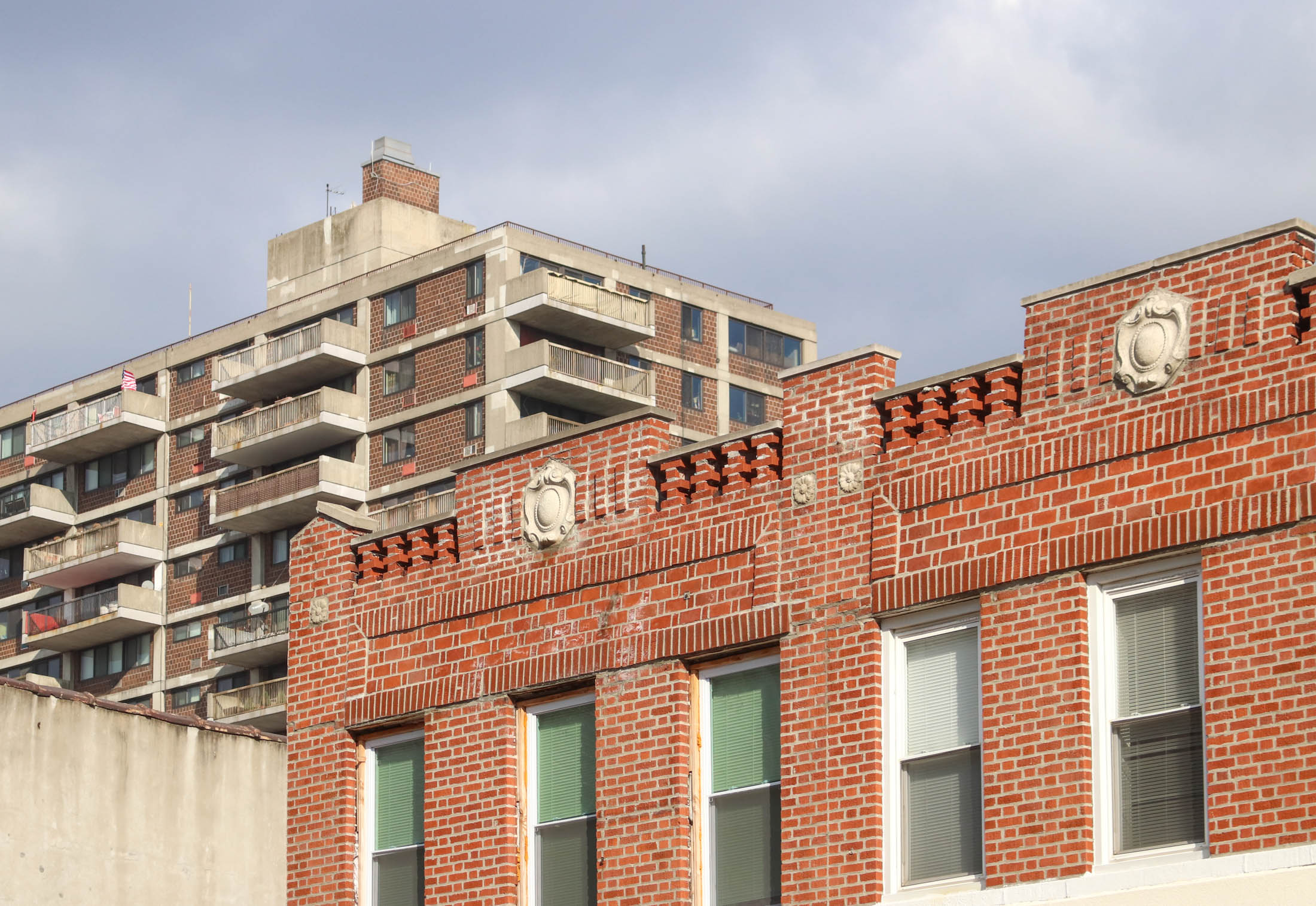Little Boxes, Big Slums
So what happens when McMansions all over the country are downgraded in status and price to the dollar menu? According to an article in The Atlantic, it means we’re witnessing a huge shift in where Americans are choosing to live. The piece, by Brookings Institution fellow/Arcadia Land Company honcho Christopher B. Leinberger, racks up fact…


So what happens when McMansions all over the country are downgraded in status and price to the dollar menu? According to an article in The Atlantic, it means we’re witnessing a huge shift in where Americans are choosing to live. The piece, by Brookings Institution fellow/Arcadia Land Company honcho Christopher B. Leinberger, racks up fact after fact to support the theory that the suburbanization of the U.S. has run its course:
For 60 years, Americans have pushed steadily into the suburbs, transforming the landscape and (until recently) leaving cities behind. But today the pendulum is swinging back toward urban living, and there are many reasons to believe this swing will continue. As it does, many low-density suburbs and McMansion subdivisions, including some that are lovely and affluent today, may become what inner cities became in the 1960s and ’70s—slums characterized by poverty, crime, and decay.
Leinberger argues that as cities have increased in cachet over the past decade or so, builders have gone gangbusters on the suburbs, leading to overdevelopment in non-urban areas and huge price premiums in our cities. One demographer he cites forecasts a “likely surplus of 22 million large-lot homes forecasts a likely surplus of 22 million large-lot homes (houses built on a sixth of an acre or more) by 2025—that’s roughly 40 percent of the large-lot homes in existence today.” There are plenty of good reasons to believe cities—and manufactured, urban-esque “lifestyle centers” outside of cities that include walkable streets and retail clusters—will only continue to grow in popularity. For example, Leinberger notes that by 2025 there will be an equal number of single-person households as families with children. The whole article is well worth a read, though it oddly doesn’t address the possible racial ramifications of a suburbia-as-slum/cities-of-gold cultural shift. Still and all, it’s a sobering look at how the McMansion developments of today may be the poverty-stricken badlands of tomorrow.
The Next Slum? [The Atlantic]
Photo by bob.





No, 1:13, I don’t really see the difference. We decided that we “needed” more space so we looked all over for it. The homes we looked at in the suburbs were almost all older (and gorgeous) because that is what we like, but our number one priority was lots of space. We ended up finding it in a brownstone, but we could just as easily found it in a farmhouse or victorian in the suburbs. What’s the difference?
The only meaningful distinction is between those who want space and care about the quality of it–and therefore buy an old farmhouse, tudor, or victorian in the suburbs or a brownstone in Brooklyn–and those who don’t care about the quaility of the space and therefore buy a McMansion in the suburbs or a new construction condo in the city.
Your right 1:13 – it isnt the “same” but it is just a less egregious version of the same thing. The issue is where/how do you strike that balance.
12:54 – what are you talking about, stop trying to be a troll.
Europe and the U.S. have sprawl(suburbanization) problems – and in both places there are different constituencies on both sides of the issue. but the point is that even in Europe suburbanization is a ‘force’ to contend with and it is simply naive to beleive that surburban living is simply going to disappear; or just turn into slums.
The large question is if the trend is more toward urban living, then how are we as a city going to deal with the increased density that is NECESSARY. The ordinary brownstoner seems to respond = downzone, which actually to me seems like a recipe for more sprawl, higher costs and less economically diverse communities.
Moving to get more space in an URBAN community likie Brooklyn, 1:08, is not the same as looking to get a larger space in a community which chops down every tree and suffocates acre after acre of land to build such monstrosities.
Come on now. You know this.
Prices in many cities across the country have decreased far more than they have in NYC suburbs. As long as prices here remain stable, there will be people moving to the burbs.
What is with the constant idea people on this blog put forth that people only move to the suburbs because they think “bigger is better?” That is why I moved to Brooklyn! That is why most people to move to Brooklyn–to get a bigger house! I had a very nice apartment in a great area in Manhattan but I moved here to get a 3,800 square foot brownstone. That is bigger than the average house in the suburbs–I looked in many burbs and most houses I could afford where about 2,500 square feet. So, you could just as easily say that the popularity of brownstones is because so many people think that bigger is better.
“suburbs have already experienced 20% drops”
so has/will brooklyn
“people underwater in the suburbs will walk away b/c houses in the city are more attractive”
and where are they going to get mortgages and down payments when they just fried all their equity and just became subprime?
there is always that one broker on here who tries to pump today’s prices with this theory. problem with that logic is, how are people in the suburbs with less valuable (and always decreasing) homes going to sell and buy the “red hot” priced homes in brooklyn when the current, and presumably better paid, residents can’t even afford it?
This may be off-the-wall, but I recall reading years ago that the L.I. suburbs were likely to have serious long-term water supply problems (since they rely on aquifers that are becoming increasingly polluted and are inadequately renewed). Instead of becoming slums, I wonder if their eventual fate will simply be to be abandonment?
useless info, 12:49.
they are trying to fight suburban sprawl in europe and you want to defend ours.
so typical of an american.
bigger is ALWAYS better, right??